Volatility is arguably the single most important option concept, effectively determining the price of almost every derivatives instrument. The AI Volatility Edge platform uses the latest in machine learning algorithms to identify and quantify real-time volatility pricing anomalies that can be exploited with strategies based on SPX, NDX, and RUT index options, VIX futures, and VIX options. The AI Volatility Edge (AIVE) platform provides forecasts and relative value analysis across the entire term structure of volatilities.
Why is volatility so important? Because volatility is synonymous with the value of the option. If you could forecast the future distribution of returns, you would be able to estimate the current value of every option. If you could forecast implied volatility (IV - the market’s estimate of volatility) in the future, you would be able to estimate the future value of volatility indices and the future value of every option. If your estimates of the future return distribution and future implied volatilities diverged materially from the market’s estimates, you could design option and volatility index futures strategies to exploit those targeted pricing anomalies and earn excess risk-adjusted returns.
Continue reading

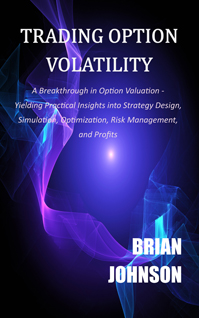


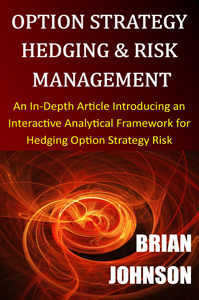
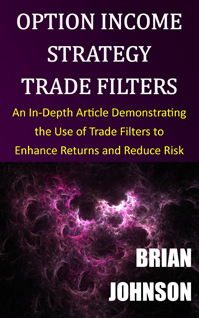
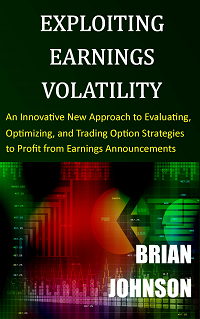
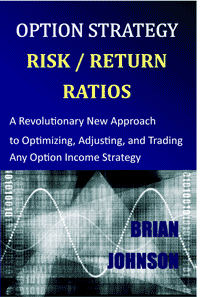




Recession Model Forecast: 10-1-2022
In the past, I published the Trader Edge Recession Models every month. After finalizing and rolling out the 32-bit and 64-bit versions of a new comprehensive option volatility forecasting platform called AI Volatility Edge (AIVE) and publishing my latest book (Trading Option Volatility), I have been focusing exclusively on my trading and proprietary research. As a result, I suspended the regular monthly recession model publication.
Due to global central bank intervention, rapid inflation, rising interest rates, and deteriorating conditions across many markets, a number of readers have asked me to publish a new recession model update. Below is the latest recession model update as of October 1, 2022. Please note a new AI model designed to identify the 6-month period following the trough in the SPX, associated with an NBER recession.
Monthly Update
This article updates the diffusion indices, recession slack index, aggregate recession model, aggregate peak-trough model, and AI post-trough model as of October 1, 2022.
Continue reading →